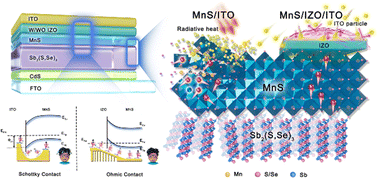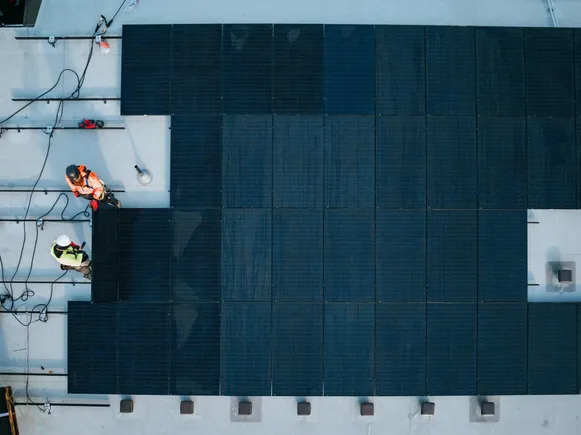Ambipolar Interfacial Molecule for Enhancing Performances of Perovskite Solar Cells with Versatile Architectures Under Various Illumination Environments
Advanced Energy Materials, EarlyView.

This work reports an ambipolar conjugated molecule (DTAQTPPO) that functions as both a hole/electron extractor and defect passivator at the same time. The incorporation of DTAQTPPO enhances the photovoltaic properties of perovskite solar cells across versatile device architectures under various light intensities.
Abstract
Perovskite solar cells (PSCs) are of significant interest for researchers as the next-generation energy harvesters. However, PSCs suffer from traps that are densely distributed at interfaces, which deteriorate the device's performance. To address this issue, a new small molecule (DTAQTPPO) capable of trap passivation on the perovskite layer surface while possessing ambipolar charge extraction properties is designed, which endow DTAQTPPO with dual functionality as both interface defect passivator and efficient hole/electron extractor in both n-i-p and p-i-n architectures. These beneficial effects improve the power conversion efficiencies (PCEs) of PSCs to 23.03% and 23.55% under 1 sun and to 37.18% and 36.29% under 1000 lux light-emitting diode (LED) indoor illuminations for both n-i-p and p-i-n architectures, respectively, after incorporating DTAQTPPO. In addition, ambipolar DTAQTPPO enhance the PV properties of PSCs using an anti-solvent-free perovskite layer with a PCE of 23.24% and indoor PCE of 35.47% under 1 sun and LED 1000 lux illumination, respectively. These results suggest that DTAQTPPO can be widely used as a multifunctional interlayer to improve the PCE of PSCs with versatile device architectures under various light illumination conditions and generality for different perovskites and processes.







































































































































































.jpg)
.jpg)
.jpg)






